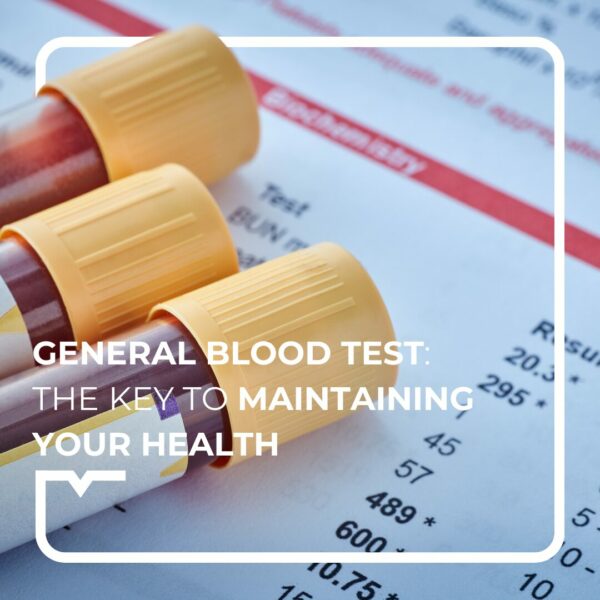Ejaculation problems: Regain confidence and pleasure
In this article, discover the causes, types and treatments of ejaculation disorders to improve your sexual health and well-being.
Read more

Pelvic floor rehabilitation aims to strengthen and restore the function of the perineal muscle group. This group of muscles supports the pelvic organs such as the bladder, uterus and rectum. Rehabilitation of the perineum plays an essential role in preventing and treating problems associated with urinary and faecal incontinence, as well as recovery after childbirth.
Using appropriate re-education techniques and advice on good postural and behavioural practices, the physiotherapist helps patients to restore muscle tone and reduce symptoms of weakening of the pelvic floor.
After childbirth
Urinary and/or faecal incontinence
Following pelvic surgery
Pelvic pain
Prevention of relaxation of the perineum
INVESTIGATION: At the first appointment, the physiotherapist interviews the patient to find out the reason for consultation, personal, medical and family history, professional and daily activities, and lifestyle habits.
PHYSICAL EXAMINATION: The physiotherapist assesses the tone of the perineum. An intra-uterine ultrasound scan may also be carried out.
DIAGNOSIS AND TREATMENT: In consultation with the patient, the therapist will draw up a treatment plan consisting of a number of sessions and specific exercises.
Book an appointment
In this article, discover the causes, types and treatments of ejaculation disorders to improve your sexual health and well-being.
Read more

A complete medical check-up: much more than just a routine check-up, this is a key stage in detecting, preventing and preserving your health over the long term.
Read more

Testimonial: How therapist Claire Colson helped me overcome anxiety and depression.
Read more